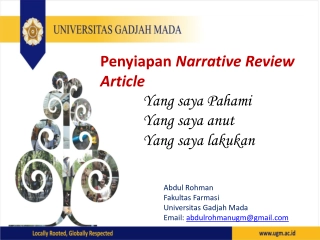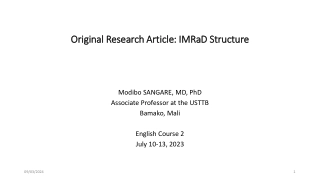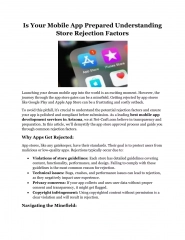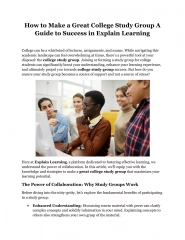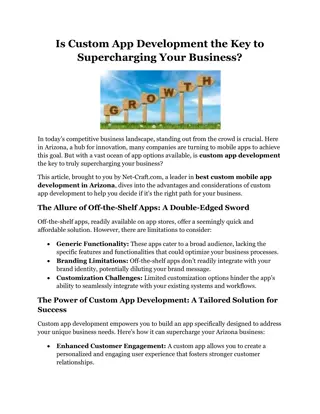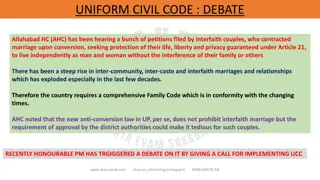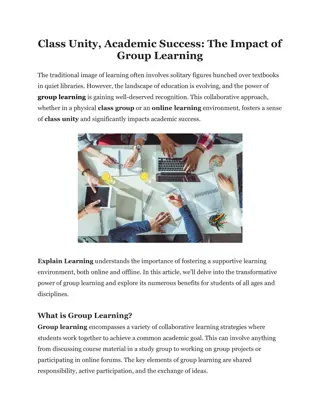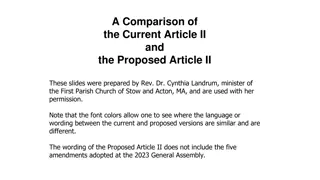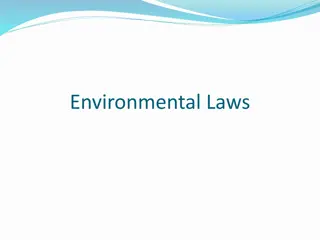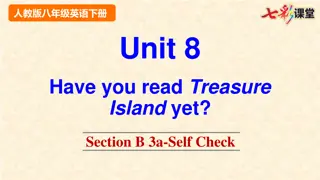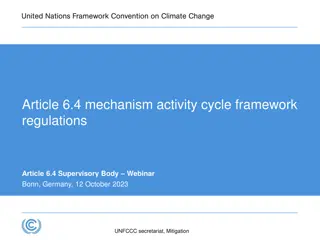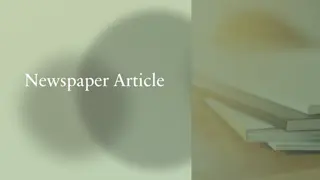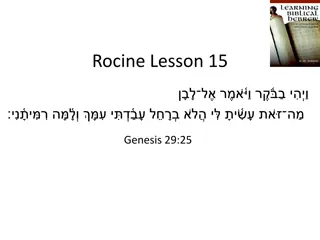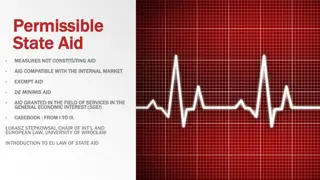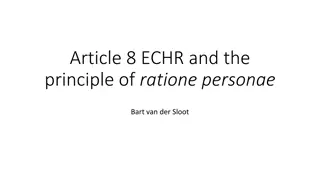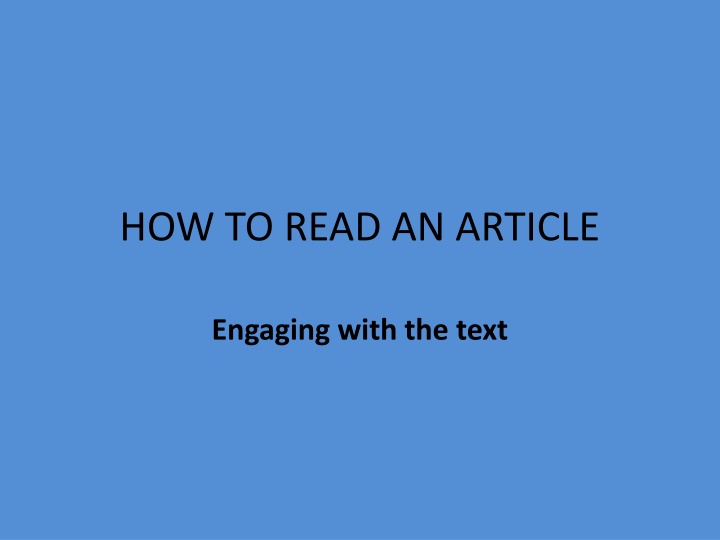
Engage Better with Newspaper Articles: Tips and Techniques
Discover effective strategies for reading and engaging with newspaper articles. Learn how to analyze headlines, identify the writer's tone, spot key elements in the text, and interpret the main points. Improve your reading comprehension and critical thinking skills by applying these techniques to enhance your overall understanding of commentary and opinion pieces in quality broadsheet newspapers.
Download Presentation

Please find below an Image/Link to download the presentation.
The content on the website is provided AS IS for your information and personal use only. It may not be sold, licensed, or shared on other websites without obtaining consent from the author. If you encounter any issues during the download, it is possible that the publisher has removed the file from their server.
You are allowed to download the files provided on this website for personal or commercial use, subject to the condition that they are used lawfully. All files are the property of their respective owners.
The content on the website is provided AS IS for your information and personal use only. It may not be sold, licensed, or shared on other websites without obtaining consent from the author.
E N D
Presentation Transcript
HOW TO READ AN ARTICLE Engaging with the text
Task: Choose a newspaper article which interests you (preferably from the commentary/opinion section) from a quality broadsheet. The following websites will provide source material. http://www.theguardian.com/uk/commentisfree http://www.theguardian.com/observer http://www.heraldscotland.com/opinion/ http://www.thetimes.co.uk/tto/opinion/ http://www.independent.co.uk/voices
Before you read Read the headline and any sub-heading. Note down what you think the subject matter of the article is and the tone/attitude of the writer towards his/her subject matter. Establish what you think is the writer s purpose
As you read: Pay particular attention to the LOUD SPOTS Introduction Topic sentences Conclusion Use a highlighter to pick out anything you spot or notice - new words and words you don t understand; use of evidence, anything unusual, imagery . THINK about what you are reading good readers engage with what they are reading, make connections, predict, infer
Introduction How does the writer grab your attention in the opening sentence/s? Are there any clues in the introduction that suggest how the article will develop? Is the writer s attitude/tone/stance clear? Is the writer s style clear? Formal? Informal? What techniques are used?
The Main Body Does the writer use topic sentences to introduce his or her points? Are there linking words/phrase or questions? What kind of evidence is used to back up the argument? Statistics, facts, quotes Can you summarise the passage by identifying one main point per paragraph? Style of language used? Why is it effective? Emotive language? To convey how he/she feels? Tone? What words make it clear? Effective sentence structure? Lists, triples, climax, minor sentences . How does it reinforce argument? Effective figurative language? Simile, metaphor, personification? What is the effect? Any other literary techniques employed? Effect/s?
Conclusion How effectively does the last paragraph draw the article to a conclusion? Main ideas repeated? Idea from the intro repeated? Question answered/unanswered? Memorable technique/s? Clear tone/stance?
Now You are ready for the questions OR Try writing some questions of your own


